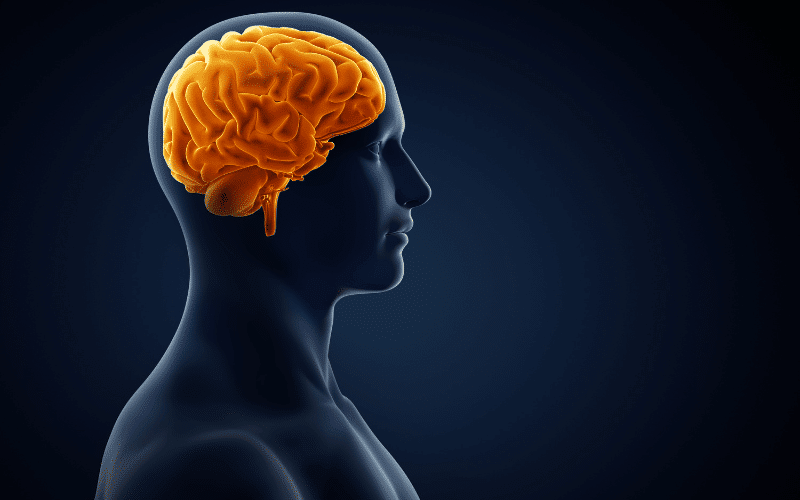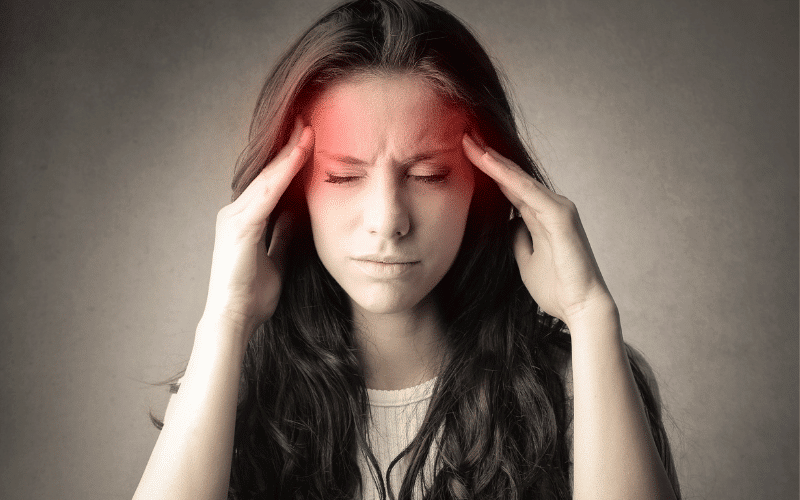Introduction: The Importance of Recognizing Brain Abscess Symptoms

The human brain is an organ of tremendous complexity, and its well-being is intricately tied to our overall health and functioning. Its delicate and intricate nature makes it vulnerable to various diseases and conditions, one of which is a cerebral or brain abscess. This life-threatening condition demands immediate medical attention. The key to that prompt response lies in early recognition of its signs.
Brain abscesses are pockets of infection, filled with pus and caused by bacteria, fungi, or parasites. The pathogens responsible for brain abscesses can enter the brain through the bloodstream or directly from a nearby infected area. The critical point is that the faster they are discovered and treated, the better the prognosis for the patient. Therefore, understanding the symptoms of a brain abscess is of utmost importance.
Among the numerous conditions that can afflict the human brain, a cerebral abscess is among the most severe. Still, it is also one that can potentially be treated successfully if detected early. That’s why spreading awareness of its symptoms is so essential. Every one of us should be aware of these symptoms because early recognition can literally be the difference between life and death. This article aims to help you understand these indicators better.
In the following sections, we will discuss the top 10 symptoms of a brain abscess. This knowledge might prove crucial one day, either for you or for someone you care about. It’s not merely about dealing with the condition once it strikes but about acting proactively, being alert to the signs, and seeking help promptly to ensure the best possible outcome. Now, let’s delve into the top 10 symptoms of a brain abscess.
Symptom 1: Persistent Headaches

A persistent headache is often the harbinger of a brain abscess, introducing this alarming condition with a steady, relentless throb that gives no quarter to over-the-counter pain relievers. Unlike conventional headaches, these are characterized by a persistence and intensity that sets them apart. It’s the kind of headache that keeps you awake at night, gnawing at your temples and forehead, making it nearly impossible to focus on anything else.
In some individuals, this headache exhibits a particular pattern. For example, the pain is often worse in the morning, just as the person wakes up. It’s not uncommon for individuals to describe this pain as being unlike anything they’ve experienced before. This isn’t the occasional tension headache or even a migraine. It’s a constant, debilitating pain that refuses to subside.
Another crucial characteristic of these headaches is their responsiveness (or lack thereof) to typical pain medication. You might find that the analgesics you usually turn to when a headache strikes are ineffective against this brand of pain. This resistance to standard treatments is a significant red flag.
Increased physical activity may also exacerbate the headache. It can intensify with the slightest strain, even something as simple as bending over. There is a clear link between the physical exertion and the pain spike, providing yet another warning sign of a potential brain abscess. (1)